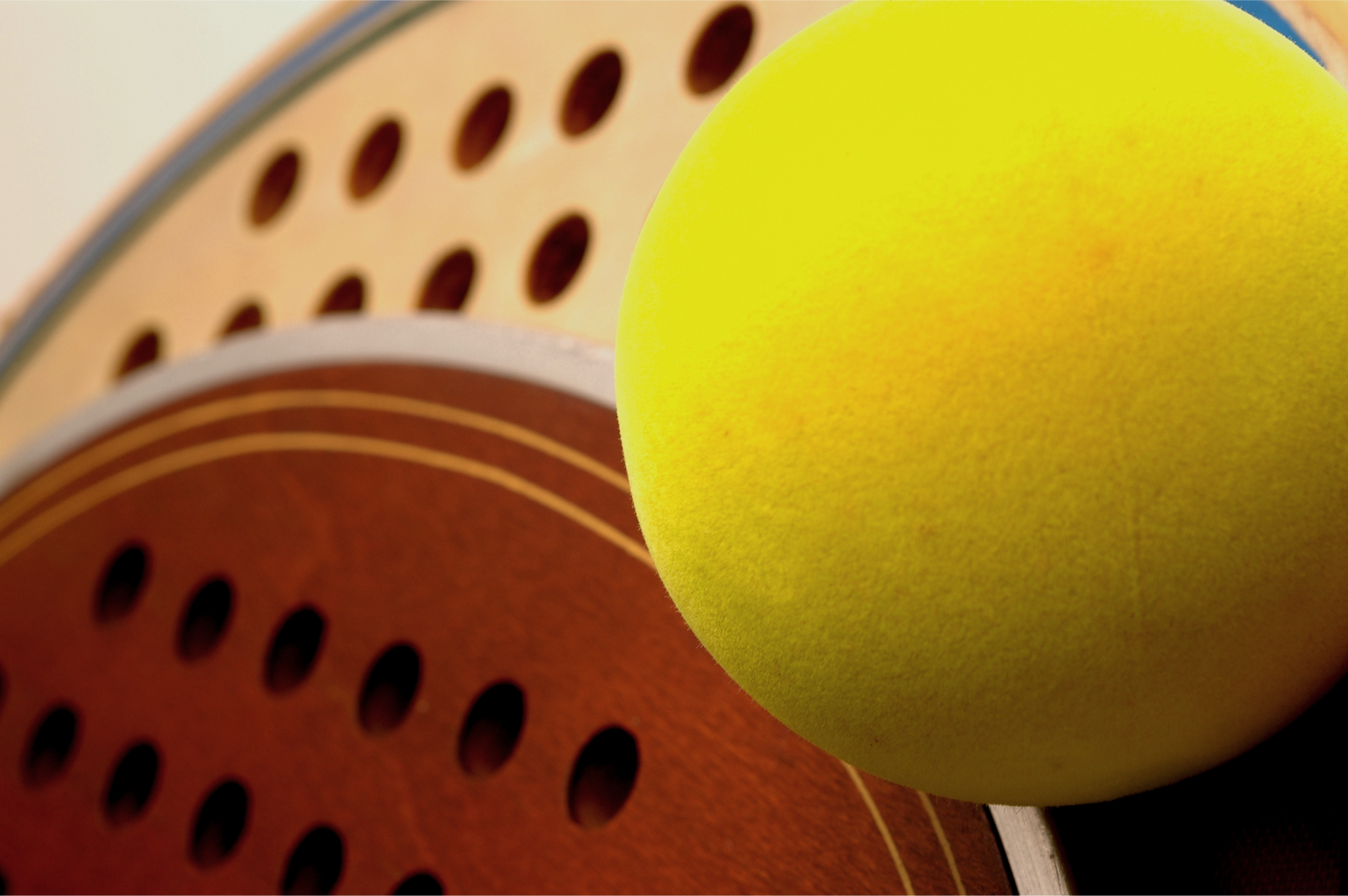Stretching, a concept that is vitally important to the health and wellness of any competitor, is frequently forgotten in the racquet sport community – including paddle tennis players.
Paddle tennis is a fast moving sport that is popular with tennis players looking to extend their outdoor racquet season, and most often played by weekend warriors. Cold temperatures, fast movements and bodies that are not fully prepared to play have given this sport the designation of having one of the highest injury rates at 66%.
The rough, hard surface of the paddle court is a contributor to these injuries. It can be dangerous and harmful to the ankle and knees if the proper movements are not mastered and the body is not prepared. The surface does not give, and a wrong step can roll an ankle, tear an achilles or produce strain from the constant pounding.
Paddle is a game of constant movement, swift court-to-court pivots, as well as back and forth motions. This can be very draining on your lower body and can lead to tears or strains. Just like all court sports, footwork is very important. The largest impact falls on the knees. The knees take a lot of pressure from the swift pivots, lunges, side steps and jumps. These movements impact the lower body from the calves to push off and stop, the hips for multi-directional movements, and the hamstrings during lunging.
The rotator cuff sees a lot of action in the game as well. The constant swinging motion puts a lot of strain on this area so keeping it healthy is extremely important for the future of the athlete’s career.
In the studio we spend a lot of time working on the forearms, rotator cuffs, calves, quads and hamstrings of our paddle clients to help them stay dominant on the court. We also focus on the hip flexors as they are the point of agility and power as well as the lower back as it takes quite a beating and tends to be a common area of injury.
The LYMBR method we apply in our studio is an active stretching technique that keeps your muscles actively working, open and stretched to their full potential.
Some clients visit our studio prior to their match as their pre-game warmup. It can be utilized as a type of dynamic exercise, by actively assisting in the movements and creating the blood flow throughout the body.
Colder temperatures make a proper warm up even more important for lubricating the joints and muscles. The knee and elbow flexion and shoulder tension caused by overuse can be devastating to the weekend play. Stretching and working on the lower extremities; calves, shins, and hip flexors and the upper extremities; shoulders, back, and wrists are vital to performing at an optimal rate of play.
Racquet sports can be played by all ages both competitively and recreationally. But for the weekend warriors, a tendency to overlook stretching is common and with a few additional minutes, they can avoid very serious injury.
At LYMBR, we have protocols specifically designed for these types of sports, as well as for injuries if they occur. We encourage players to be proactive and approach the sport ready to play at maximum health level for their next match.




